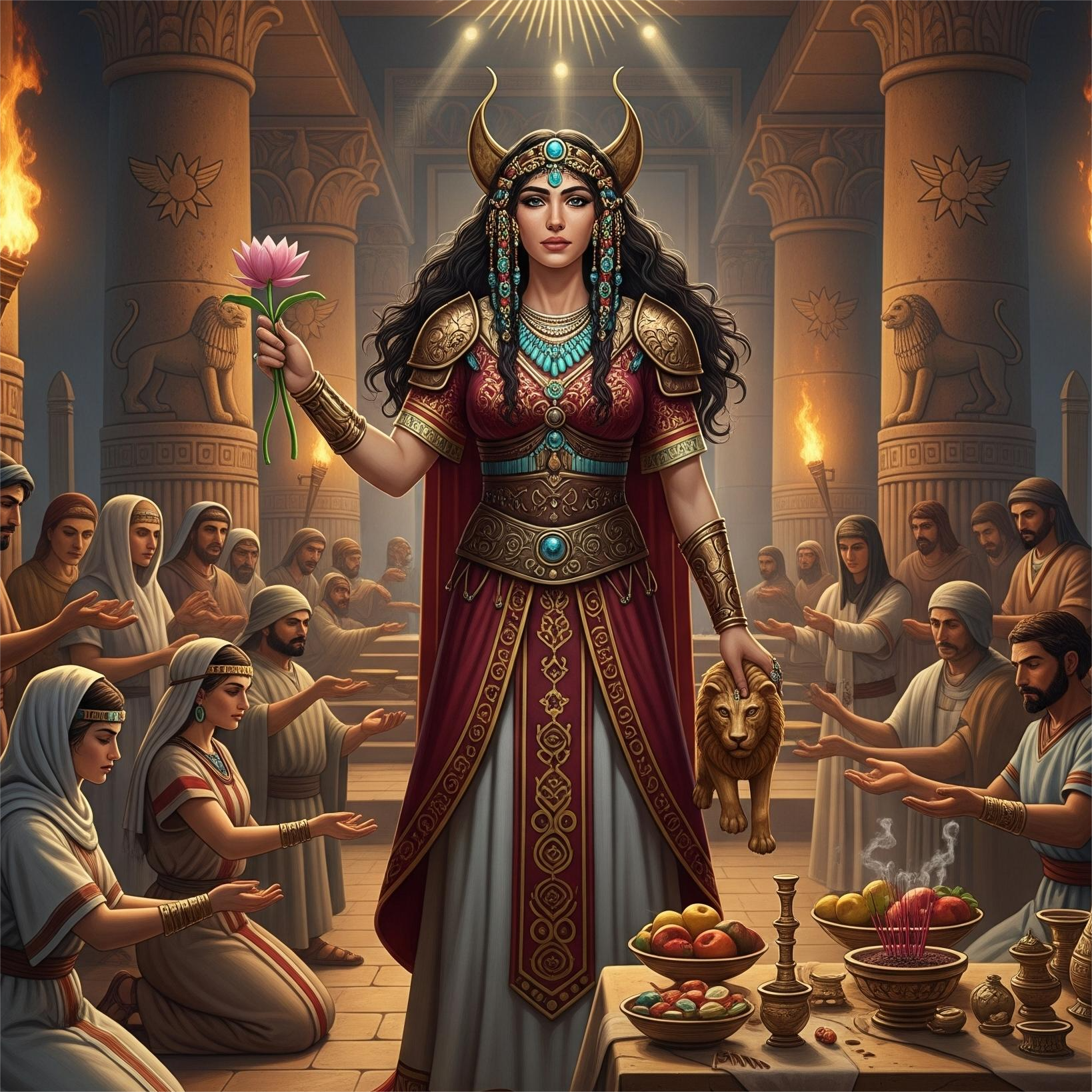Izanagi and Izanami are central figures in Japanese mythology, credited with creating the Japanese islands and many deities. Their story is recorded in ancient texts such as the Kojiki and Nihon Shoki.
Cosmogony and Creation
According to myth, the two divine beings were tasked with forming the land. Using a jeweled spear, they stirred the primordial ocean, producing the islands of Japan. Their union also gave birth to the kami, divine spirits representing natural phenomena, ancestors, and elements of life.
Tragedy and Symbolism
Izanami’s death during childbirth set the stage for Izanagi’s journey to the underworld, Yomi, highlighting themes of life, death, and purification. Rituals inspired by this myth, including Shinto cleansing ceremonies, emphasize renewal and spiritual balance.
Cultural Legacy
Izanagi and Izanami remain key symbols of creation, fertility, and the divine order in Shinto practice. Their myths influence festivals, rituals, literature, and artistic expressions, embedding ancient cosmology into modern Japanese culture.







